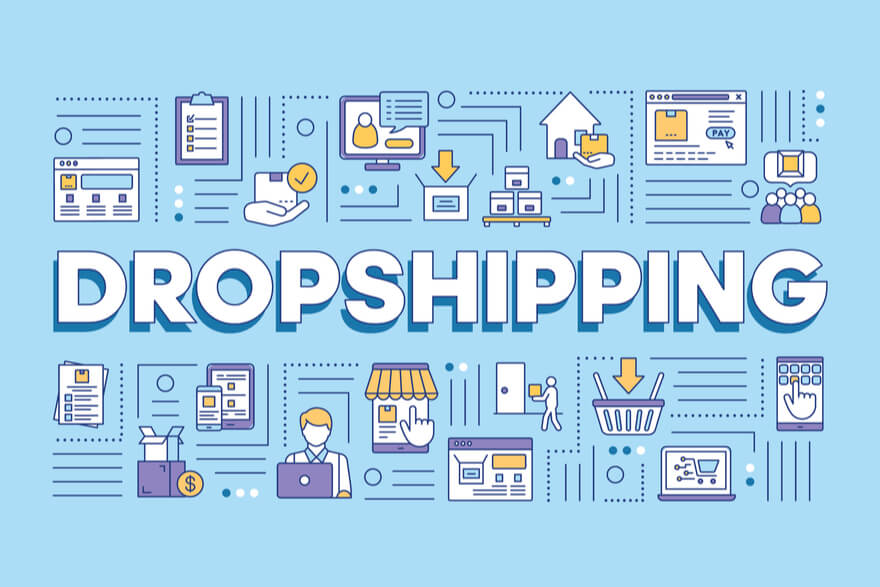One of the advantages of running a dropshipping business is that it requires less effort than a traditional 40-hour a week job. And it doesn’t need a lot of startup capital either. If you’re looking to launch a profitable dropshipping brand, then you need to follow these steps:
Market research
It’s no secret that market research is a big part of any business. Having the right information will help you make informed decisions, and will ultimately improve your bottom line. If you’re thinking of setting up a dropshipping business, you might want to consider doing some of your own research to learn what’s in vogue, what’s hot, and which products and services consumers really want. This will allow you to build a solid business foundation that will set you up for success down the road.
There are many tools out there that can help you conduct market research, including customer surveys, questionnaires, and focus groups. Although there’s no such thing as a foolproof approach to doing your own market research, these tools can still give you a good start.
Identifying competitors in your niche
Identifying competitors in your niche is a major part of your success as a dropshipping business owner. Choosing the right niche allows you to target customers who have similar needs and preferences. It also helps you build a strong community around your brand.
There are many tools you can use to identify competitors in your niche. This will help you understand the size and trends of your market. You can then build a strategy to reach your target audience.
Google Trends is a great tool for identifying competitors. It will show you how much people are searching for a specific product. It will also help you determine your marketing position and pricing strategies.
Another great tool to use is the Amazon Keyword Tool. This tool will allow you to find products that are popular with your targeted niche.
Tracking eCommerce KPIs
Ecommerce KPIs are metrics that measure the performance of an online business. They can help you make better decisions and boost conversions. The metrics you choose should be relevant and actionable. However, not all KPIs are created equal.
You should choose eCommerce KPIs based on your goals and business objectives. Using a combination of quantitative and qualitative metrics will allow you to gauge the performance of your business.
One of the most important ecommerce KPIs is website traffic. You can use Google Analytics to track the number of people who visit your site over a certain period of time. This helps you determine the most common sources of traffic.
Another key ecommerce KPI is customer retention. You can measure this by monitoring your customer satisfaction and loyalty scores. It is a critical factor in building a strong brand. In addition, customer retention can drive higher order values.
Managing a dropshipping business takes less time than a 40-hour-per-week job
If you’re looking to build your own online business, dropshipping can be a great option. Not only is it easier to run than traditional retail businesses, it’s also a great way to find new markets and grow your business without the high costs and risk of traditional ecommerce.
Dropshipping is a type of business that is done through a third-party supplier. This means that your store never needs to worry about inventory or shipping. Rather, you’re only responsible for marketing and building relationships with customers.
Having a dropshipping business can be very profitable. But there are many factors to keep in mind before you get started. You’ll need a reliable and affordable supplier. Fortunately, there are several ways to find a good supplier.
Start by researching the competition. Find out what other dropshipping stores are doing in your area. Check their sites and Facebook pages to see how they rank in the search engines. Also, research their ratings and complaints.









































